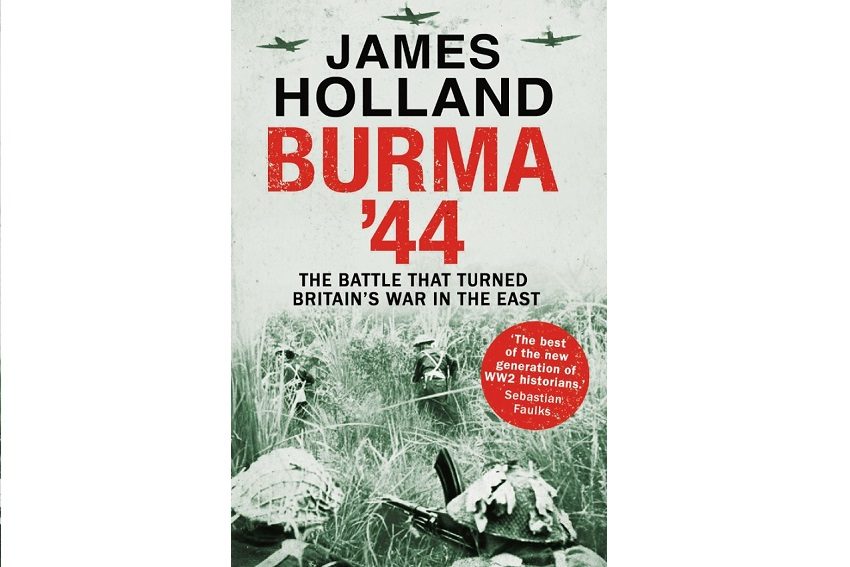Book Review: Burma '44 - The Battle that Turned Britain’s War in the East

When Mountbatten arrived in India to assume the newly created post of Supreme Commander South East Asia, his first action was to have lunch with General William Slim, corps commander of a formation of British troops in Burma’s Arakan mountains. After a genial but lengthy interrogation, Mountbatten astounded Slim by making him commander of the just constituted Fourteenth Army.
It proved an inspired choice. In Holland’s very readable Burma ’44 Bill Slim shines like a beacon. This book is much more than just an account of a forgotten battle in the Burma campaign. Holland takes 160 pages to set the scene but they are absorbingly interesting. Along the way we re-live the stories of a numerous body of individual soldiers and airmen.
Holland explores the Herculean problems faced by the new Army Commander in detail and does it well. Fundamentally there was first the terrain, which even the Japanese considered unsuitable for campaigning (bush tracks through dense jungle; more supplies carried by mules than by lorries).
Secondly, disease: 85 percent of soldiers engaged went down with malaria at least once and for every man wounded more than a hundred were hospitalised by tropical diseases.
Thirdly, the British lacked air supremacy. Japanese fighters and bombers outnumbered the R.A.F.’s superannuated Hurricanes and they lacked radar.
Worst of all, morale in the army was abysmal. When attacked, the British soldiers, untrained in jungle warfare, were driven to retreat by Japanese flanking manoeuvres they could neither prevent nor imitate.

With Mountbatten’s support, Slim, remembered by older Australians as our most popular Governor General, tackled his problems with ingenuity, originality and force of personality.
One lesson Slim taught proved vital to the victory described here. If outflanked British forces must concentrate into defendable areas called ‘boxes’, dig in and fight on whatever the odds. All support personnel, muleteers, cooks, wireless operators, etc were to be armed, trained in jungle warfare, and take their place in the line. The besieged troops would be supplied by air until relieved.
New Spitfire Vs replaced worn-out Hurricanes and a large fleet of Dakotas supported the ground forces. Just as Slim was about to attack the Japanese struck north, flanking and besieging an out-numbered British advance force. Thanks to Slim’s battle-tactics as applied by General Frank Messervy and to British air supremacy the troops held on for days with every man playing his part.
The so-called ‘Battle of the Admin Box’ deserves a more evocative name. Holland compares it to Rourke’s Drift. This was bigger: 3,506 British, Indian and Gurkha casualties against at least 7,000 Japanese casualties. The enemy had to retreat. Counting on capturing British supplies as in the past, they were starving.
The significance of the battle was lost on nobody, least of all Churchill and Mountbatten: the long run of defeats for British arms by the Japanese was over. The Japanese had another army moving north but it was to meet an even more disastrous fate at Imphal.
This is a skillful analysis of how and why the British Army turned the tide in Burma.